(6)スターリンの波乱万丈の青年期~驚くべき力を秘めたカリスマとしての姿がここに
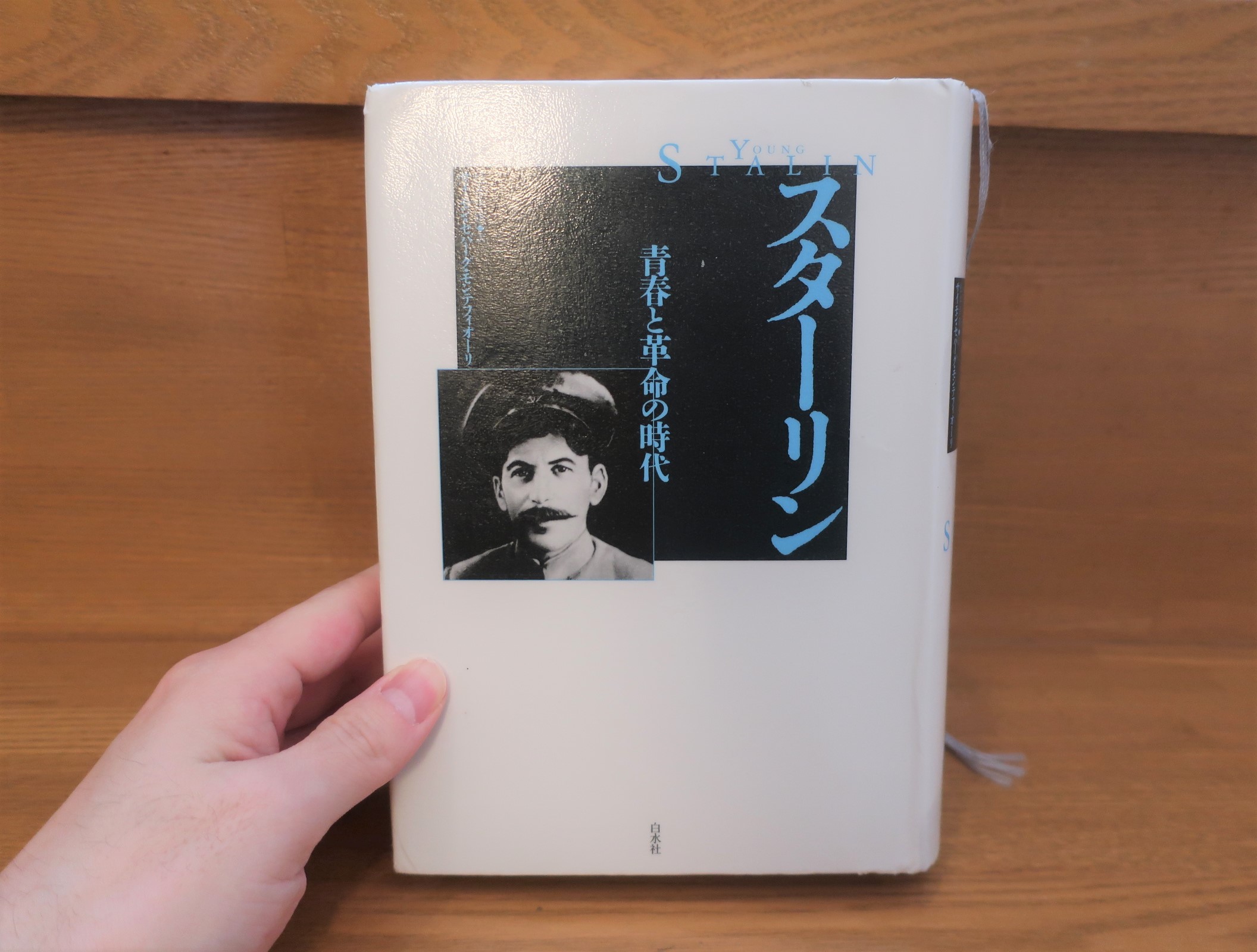
波乱万丈の青年期ー驚くべき力を秘めたスターリン スターリン伝を読む⑹
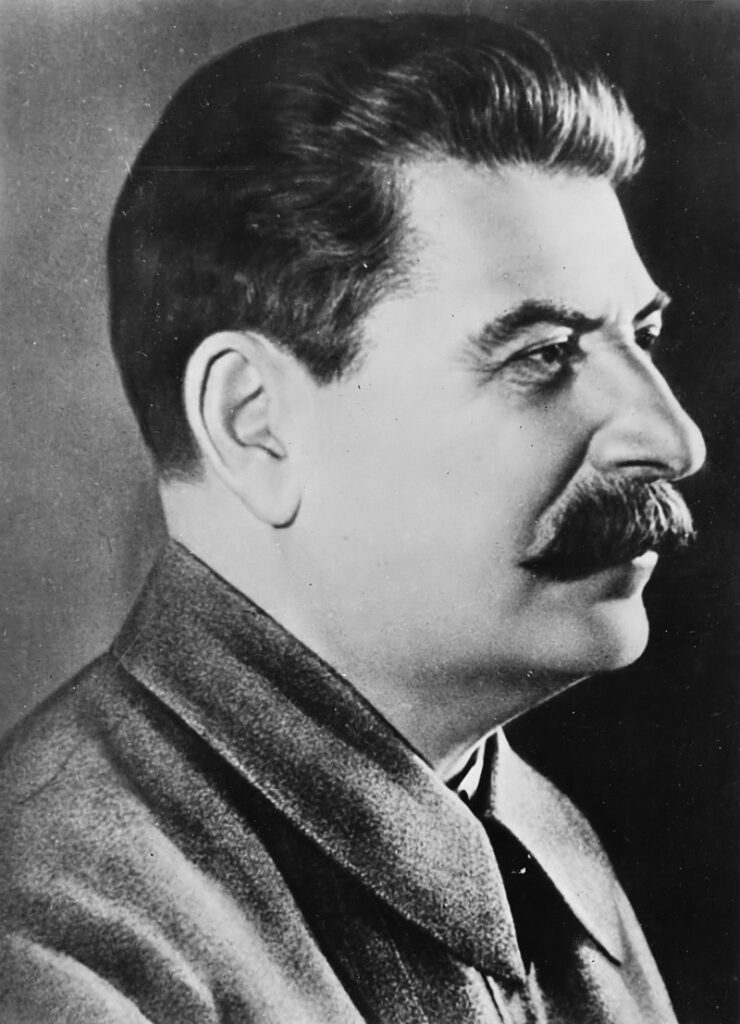
ヨシフ・スターリン(1878-1953)Wikipediaより
「スターリン伝を読む⑹」からはサイモン・セバーグ・モンテフィオーリ著『スターリン 赤い皇帝と廷臣たち』の続編にあたります『スターリン 青春と革命』を読んでいきます。こちらは続編ではありますが時系列からいうと前作の前に当たります。スターウォーズ方式ですね。
では、早速始めていきましょう。
ヴェールを脱ぐ若きスターリン
「若い時はみんな同じだ」と、スターリンは言った。「それなのになぜ若い頃のスターリンについて……書く必要があるのかね?」けれども彼は間違っていた―いつでもスターリンはみんなと同じではなく桁外れだったから。
彼の青春は波乱万丈で、破天荒だった。老境になってから自分の若い時代の数々の秘め事を振り返った時、考えを変えたように見えた。「あとになって白日の下にさらされないような秘密なんてないよ」とスターリンはつぶやいた。
レーニンの腹心トップの一人として新ソヴィエト政府に登場するまでのスターリンの生涯は、秘密のべールに覆われていた。それを取り去ろうとする歴史家の著者にとって、秘密についての彼の言葉は正しかった―秘密の多くは今ようやく明るみに出すことが可能である。
若き日のスターリンに関する研究はわずかである(若い頃のヒトラーに関する多くの研究に比べれば)。しかし、これは資料がきわめて少ないように見えたからだ。
だが、実際はそうではない。彼の子供時代、そして革命家、ギャング、詩人、神学生、夫、行く先々で女性と庶子を見捨てる女たらしとしての経歴をよみがえらせる大量の生々しい新資料が、新たに開放された各地の公文書館に、とりわけ、これまでとかく軽視されがちだったグルジアの公文書館に潜んでいた。
白水社、サイモン・セバーグ・モンテフィオーリ、松本幸重訳『スターリン 青春と革命の時代』P15
※一部改行しました
前回の記事「モンテフィオーリ『スターリン 青春と革命の時代』~スターリンの怪物ぶりがよくわかる驚異の伝記!」でお話ししたように、ソ連崩壊後、グルジアというモスクワから遠く離れた地で思わぬ発見がありました。抹殺されていたと思われていたスターリンの若き日の資料が発見されたのです。本書はこうした発見を基に書かれています。
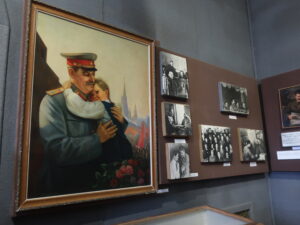
驚くべき力を秘めた青年期のスターリン
スターリンの若年期は謎に包まれていたかもしれない。しかし、それはレーニンやトロツキーの若い時代とまったく同じように並外れていたし、あるいはもっと波乱に富んでいたとさえ言える。そしてそれが彼に数々の勝利と悲劇のための、最高権力獲得のための身支度を調えさせたのだ(そして同時にダメージをも残した)。
スターリンの革命前の働きと犯罪は、知られていたよりもはるかに大きかった。銀行強盗、みかじめ料稼ぎ、ゆすり、放火、海賊行為、殺人(政治的ギャング行為)で彼が果たした役割を、初めて史料で証明することができる。
これらの行為こそレーニンに感銘を与えたのであり、スターリンはソヴィエトの政治ジャングルの中ですこぶる有益な技術を仕込んだのである。
しかしまた、彼が単なるギャングのゴッドファーザーをはるかに超えていたことも示すことができる。
彼は政治的オルガナイザー、行動家であり、そして帝政側の治安機関に浸透する名人でもあった。大政治家としての名声が、皮肉なことに大テロルにおけるみずからの破滅に立脚しているジノヴィエフ、カーメネフ、あるいはブハーリンとは対照的に、スターリンは一身の危険を冒すことを恐れなかった。
けれども彼がレーニンに感銘を与えたのはまた、年長のレーニンと対立し意見を異にすることを決して恐れない、独立の思慮深い政治家、精力的な編集者、ジャーナリストでもあったからだ。
スターリンの成功の源となったのは、少なくとも一つには教育(神学校での)と街路での暴力行為の特異な結合である―彼はそのまれなる結合であって、「インテリ」と殺し屋が一身に同居していた。一九一七年にレーニンがその暴力的な、窮地に立たされた革命のための理想の副官としてスターリンを頼りにしたのは、不思議でもなんでもない。
白水社、サイモン・セバーグ・モンテフィオーリ、松本幸重訳『スターリン 青春と革命の時代』P16
スターリンは若い時から圧倒的な力を持っていました。育ちのいいエリート政治家ではなく、アンダーグラウンドで名の知れたギャングのトップという存在でした。こうした闇の世界でも生き残ることができる強さが混沌としたロシア革命期においてレーニンから信頼を受ける大きな要因となったのでした。
本書における著者の立場~スターリンをどう捉えるか
本書はほぼ十年にわたり九カ国二三都市で行なったスターリンについての調査結果である。調査は主として新しく公開されたモスクワ、トビリシ、バトゥミの公文書館、ならびにサンクトペテルブルグ、バクー、ヴオログダ、シべリア、べルリン、ストックホルム、ロンドン、パリ、タンぺレ、ヘルシンキ、クラクフ、ウィーン、スタンフォード(米国カリフォルニア州)で行なわれた。
本書はこれだけで読めるように書かれている。これは権力を手に入れる前の、一九一七年十月に政府に入るまでのスターリンの半生の研究である。
これに対し、私の前著『スターリン 赤い皇帝と廷臣たち』は権力の座にあるスターリンを一九五三年三月の死までカバーしている。
どちらの本も人間かつ政治家としての、しかし同時に彼の境遇についての立ち入った伝記である。これら二冊の本が一緒になって、この究極の政治家の発達と早熟を示して、二十世紀の巨人たちのうちでもっとも難解興味津々たる人物への手引きになることを望んでいる。
スターリンの生い立ちには、一体どんな思いやりの欠落があってあれほど容易に人を殺すことを彼に許したのか、しかし同様に一体どのような資質があって、政治生活のためのあれほど見事な準備を身に付けることができたのか?
一八七八年の靴職人のせがれ、一八九八年の理想主義的な神学生、一九〇七年の強盗、そして一九一四年の忘れられたシべリアのハンターは、果たして一九三〇年代の狂信的なマルクス主義大量殺人者、あるいは一九四五年のべルリン征服者になるべく、運命を定められていたのだろうか?
白水社、サイモン・セバーグ・モンテフィオーリ、松本幸重訳『スターリン 青春と革命の時代』P16-17
著者がどれだけ調査に時間と労力をかけているかがここからうかがえます。
そして「スターリンの生い立ちには、一体どんな思いやりの欠落があってあれほど容易に人を殺すことを彼に許したのか、しかし同様に一体どのような資質があって、政治生活のためのあれほど見事な準備を身に付けることができたのか?」という本書を貫く問題提起が語られます。
フロイトをはじめとした心理歴史学の安易な適用を避ける著者
私のアプローチでは、われわれのヒトラー、スターリン理解を分かりにくくし、かつ、あまりにも単純化してしまった心理歴史学(サイコ・ヒストリー)の多くを避けている。
この本が示すように(著者としてそれを願っているが)、スターリンを形成したのはみじめな子供時代よりもはるかに多くのことだった。それはちょうど、ソ連を形成したのがマルクス主義イデオロギーよりもはるかに多くのものだったのと同じである。
白水社、サイモン・セバーグ・モンテフィオーリ、松本幸重訳『スターリン 青春と革命の時代』P21-22
※一部改行しました
伝記や歴史の本でフロイトのような精神分析を適用し、生まれや幼少期の経験を絶対視する立場を著者は取りません。
確かに生まれや幼少期の影響はあるかもしれません。しかし育った環境やそこで出会った人や教育によっても人生は変わります。
生まれや幼少期の経験を材料に推論を積み重ねひとつのストーリーを作り出すのは、たしかに読む側からしたらわかりやすくて面白いかもしれません。センセーショナルですらあります。しかし人間の人生は生まれや幼少期の経験のみで決まるのではありません。
生まれや幼少期の経験を後の行動の全ての原因に帰するのはその人の本質を見失う恐れがあります。
これはスターリンだけではなく、ドストエフスキーにおいてもよく見られる事象ですので気を付けたいところです。
続く
Amazon商品ページはこちら↓
次の記事はこちら
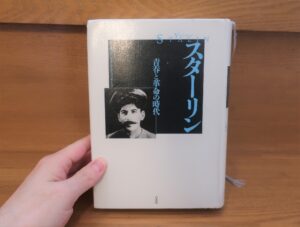
前の記事はこちら

「スターリン伝を読む」記事一覧はこちらです。全部で14記事あります。
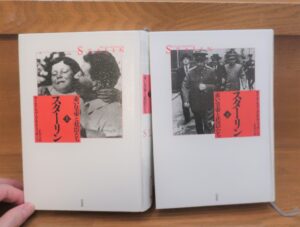
関連記事


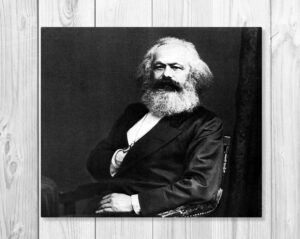

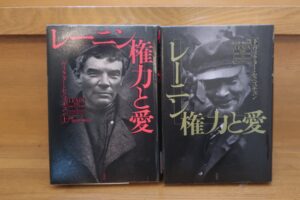



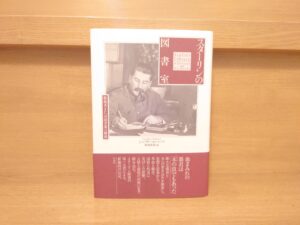
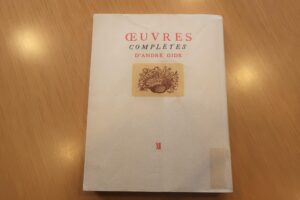
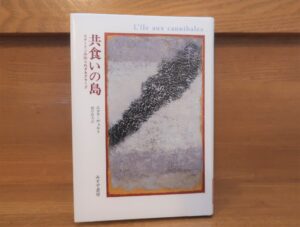
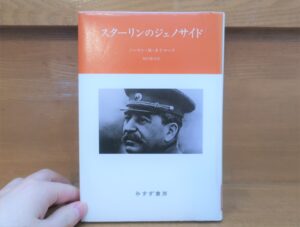
コメント